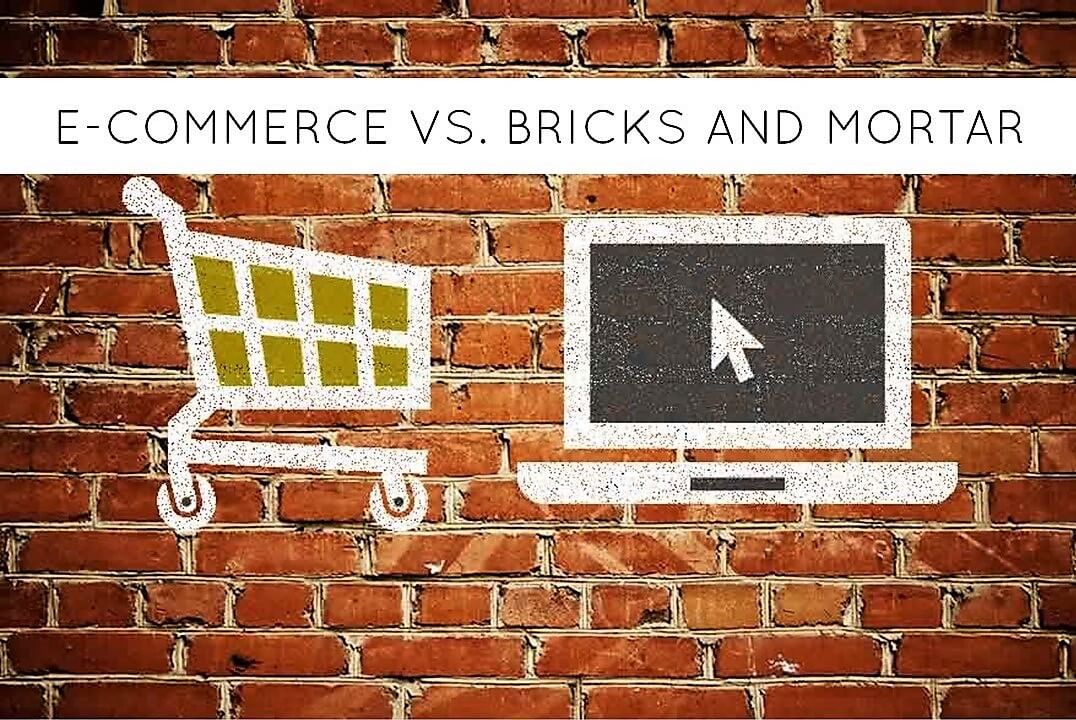For the past years, the biggest question in retailing has been the competition between old-school bricks and mortar stores and the rise of e-commerce and online retailing.
Any look at the future must start with a view of the past. As Steve Jobs said, “You can’t connect the dots looking forward. You can only connect them looking backward.”
Over the last 15 years, retail sales have generally grown steadily. The industry took a huge hit in the great recession of 2008-2009, showing declines, then growth weakened a bit in 2012 and 2013. Since then, growth has been accelerating modestly.
Over these same years, total e-commerce sales growth has shown a similar pattern, although at a much higher rate of growth. While the recession did not cause a drop-in sales as, it did in overall retailing, it made a big dent in the growth, temporarily.
These changes are not happening overnight. The trends have evolved over the history of e-commerce, and will continue to evolve in coming decades. By 2040, Millennials will be in their 40s and 50s, and their children may not have the same tendencies. History also teaches us that today’s leaders may not be tomorrow’s leaders.
Remember when the future of retail was just online? Now it seems that online retailers have decided they can’t get by without bricks and mortar. Take for example AMAZON, a purely e-commerce retailer, which launched on 2016 a physical bookstore. So, two questions arise and need to be answered:
- What will be the mix between sales via the Internet and via physical retail stores?
- What will be the mix, even in e-commerce revenues, between companies dedicated to the Internet and those which descend from bricks and mortar retailers?
It is safe to predict that more and more goods will be purchased using the Internet and mobile technologies.
But the second question is more complex.
In 10 years or so, every successful bricks and mortar retailer will integrate the new technologies into their business and some e-commerce companies will open physical stores, though how far they will go remains to be seen.
We will see a clear separation of two concepts, the one of “Multichannel” retailing (operating both online and physical stores) and the one of “Omnichannel” retailing, where merchants aim to provide customers with a seamless experience whether shopping online via desktop or mobile device or at a traditional retail store. Most of the great retailers have their live local inventory availabilities shown on their websites, and are beginning to integrate mobile apps into the store experience.
But online real estate has become crowded and expensive. Bidding on keywords against large traditional retailers to land on the first page of search results is a costly game. By opening physical stores, they aim to increase awareness and draw customers in a realm where the retail options aren’t infinite or influenced by an all-powerful gatekeeper.
So, the debate remains, how much to invest on e-commerce and how much on bricks and mortar?








